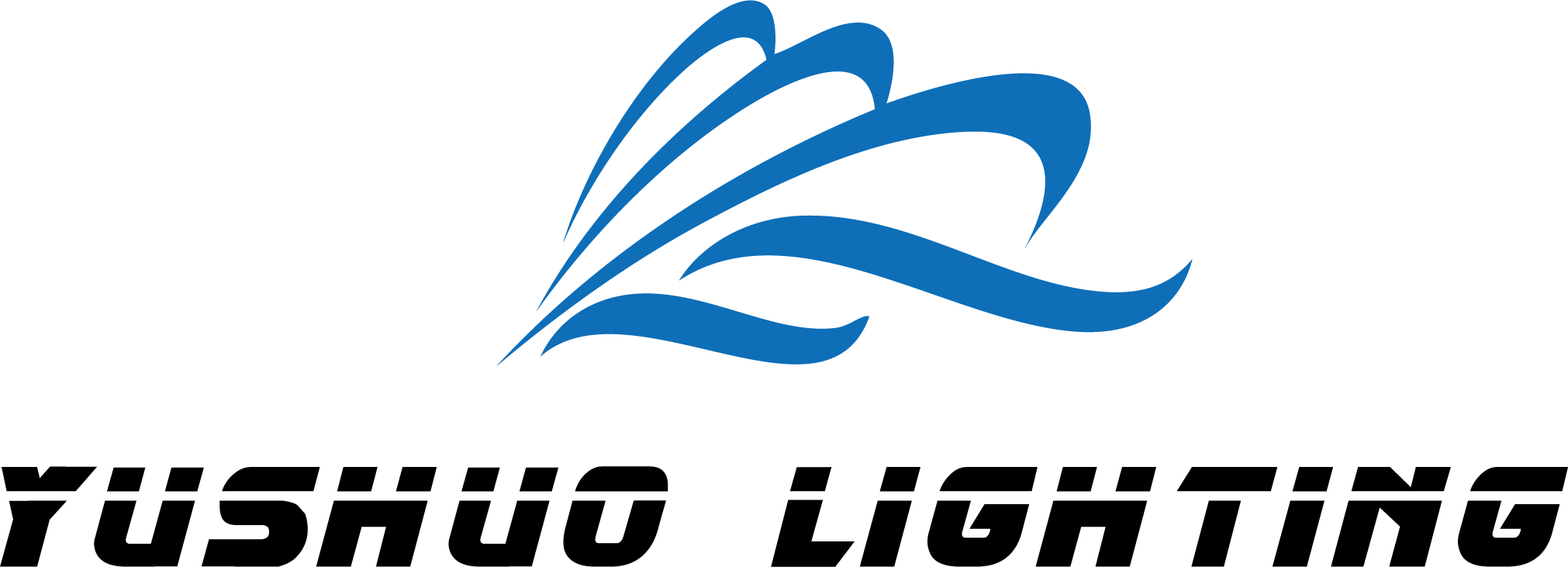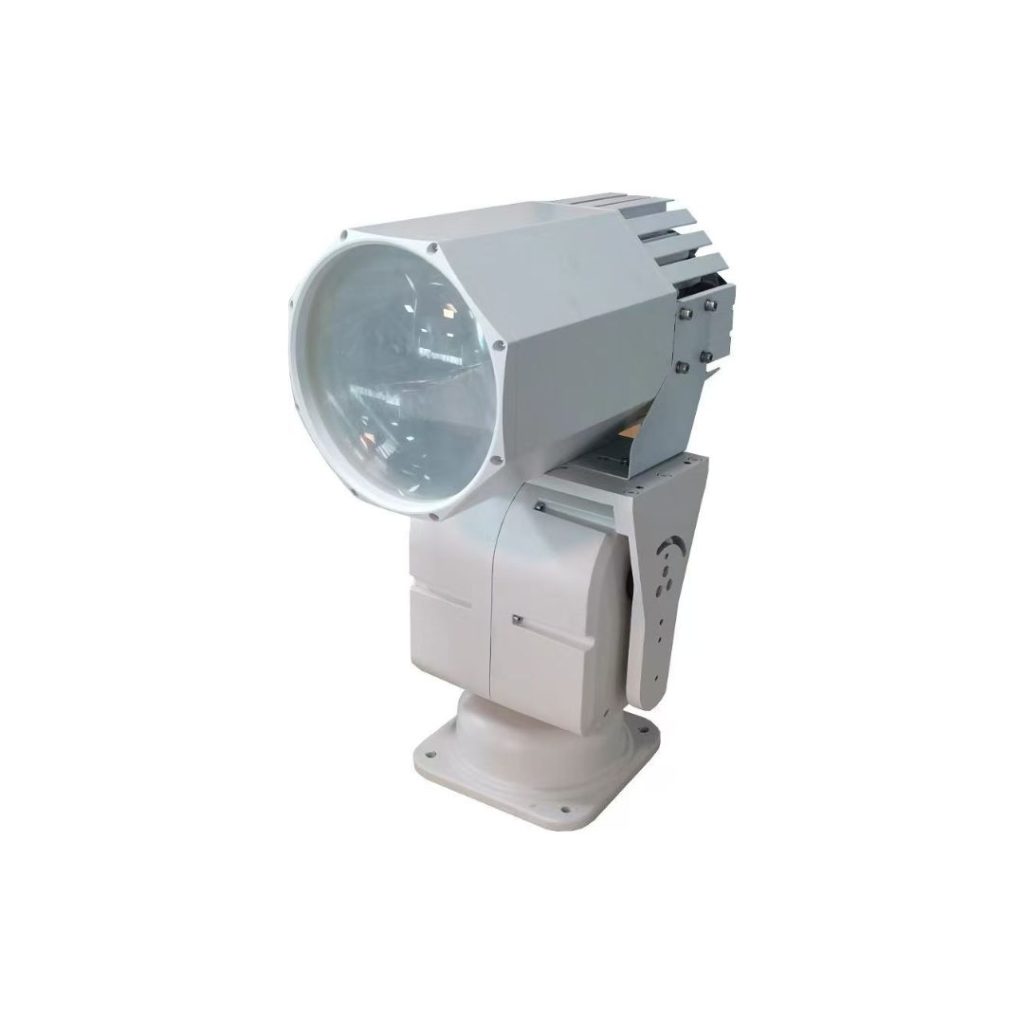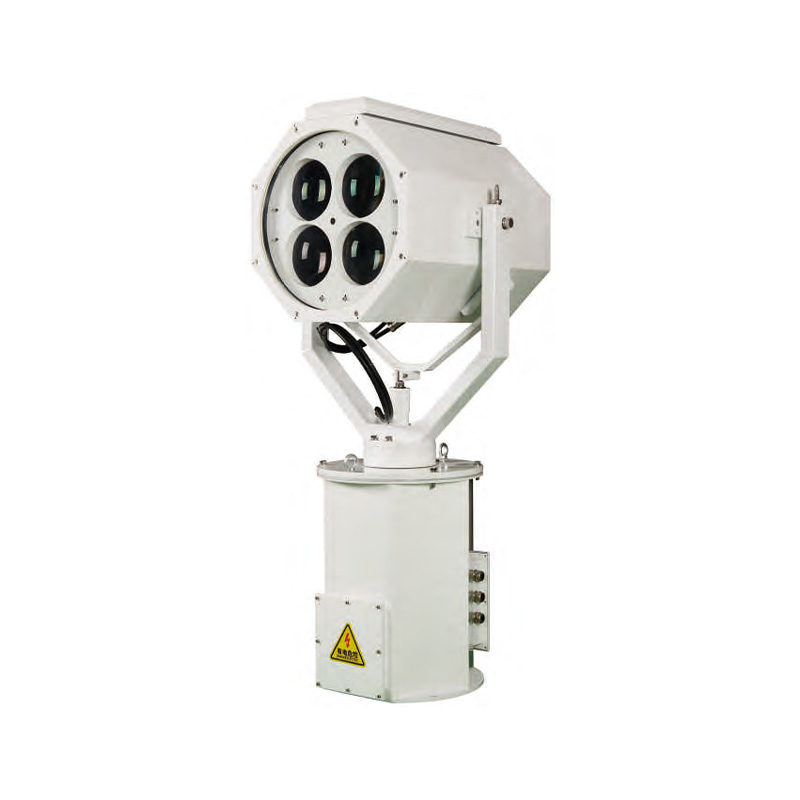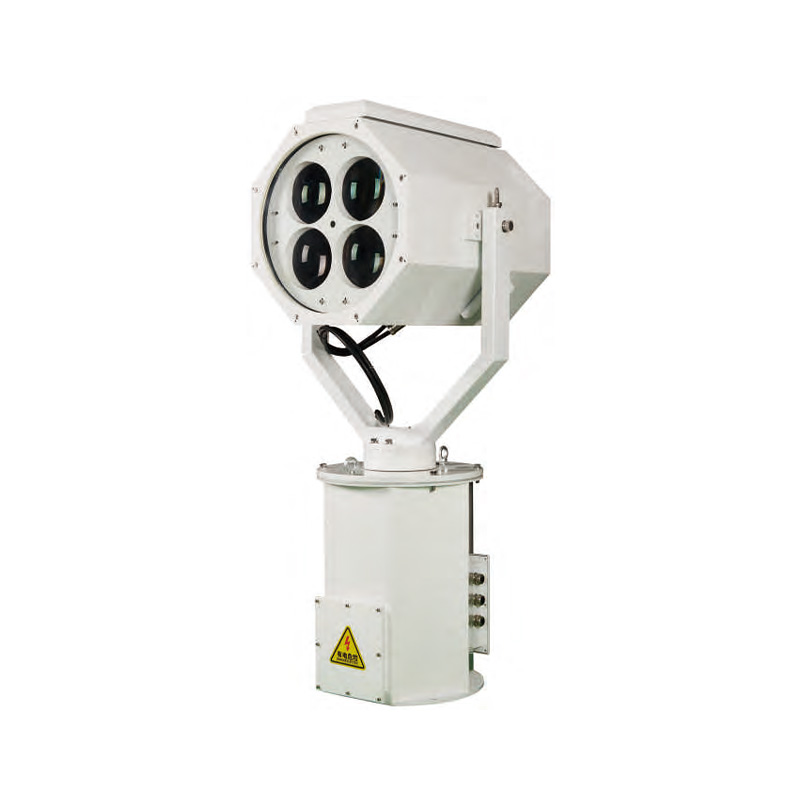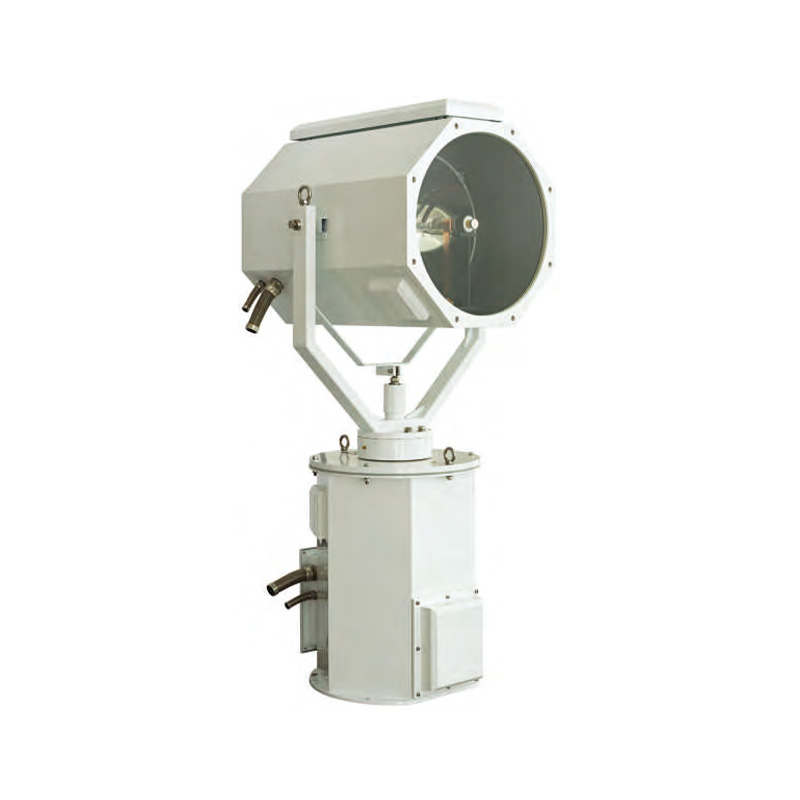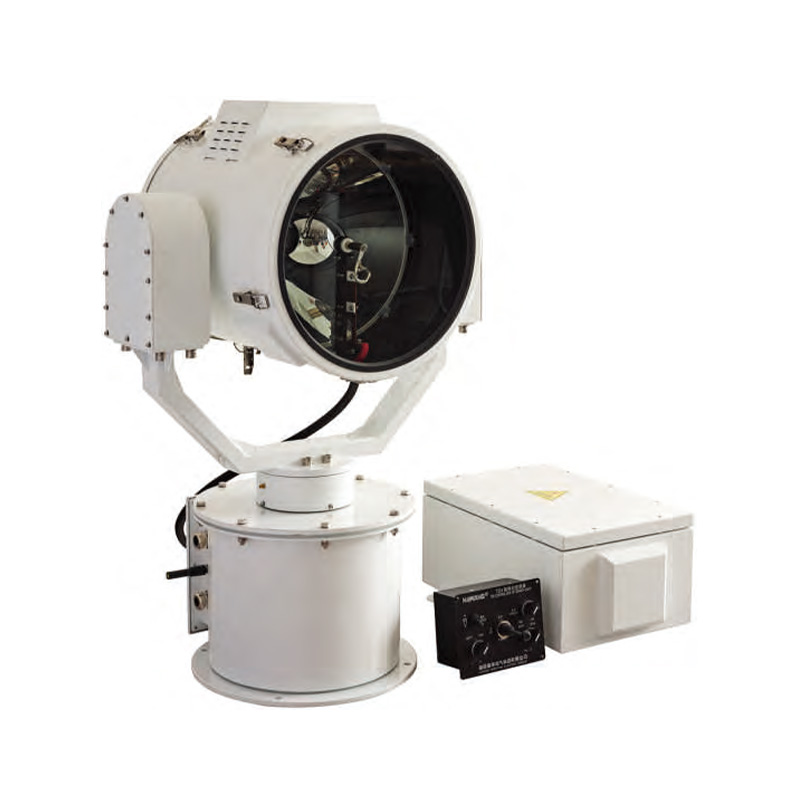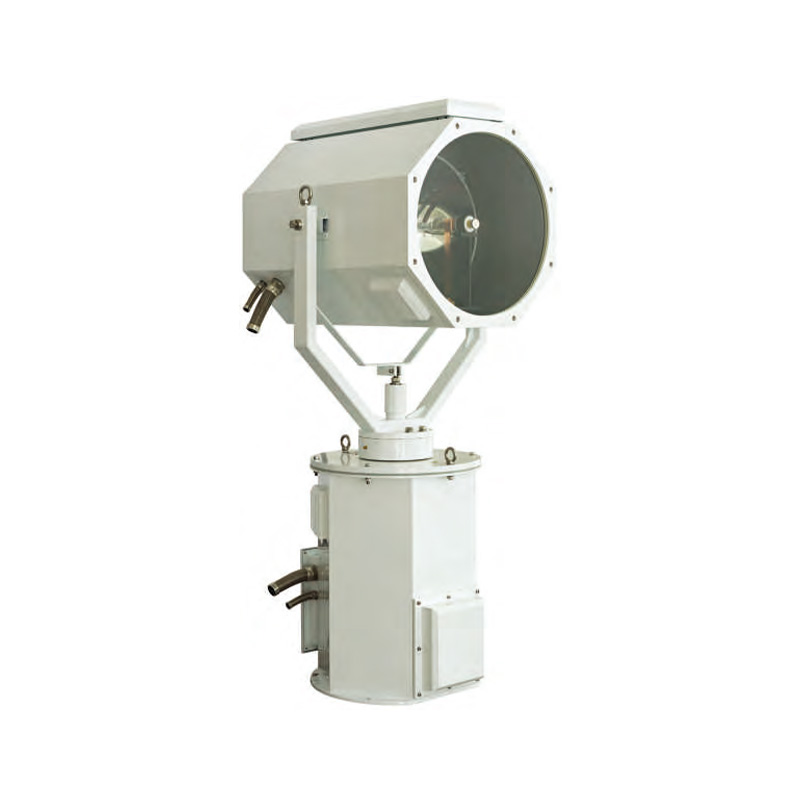What are Different Types of Marine Searchlights: Choosing the Right Type
Marine searchlights are critical for enhancing visibility and ensuring the safety of vessels and their operations, especially in low-light or hazardous conditions. There are several types of marine searchlights, each designed to suit different needs, from general navigation to specialized military applications. In this article, we will explore the different types of marine searchlights and how to choose the right type.
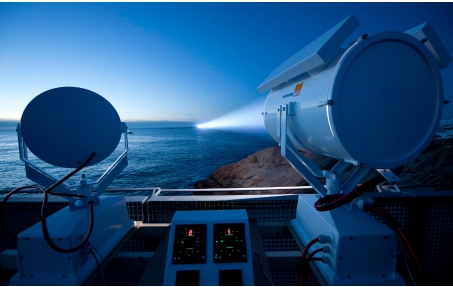
Table of Contents
What are Marine Searchlights
Marine searchlights are powerful lighting devices used on ships, boats, and other marine vessels to illuminate large areas or specific objects in low-visibility conditions. These searchlights are essential for navigation, search-and-rescue operations, docking, and security tasks, providing bright, focused beams to enhance visibility during nighttime or in poor weather. Depending on the type, marine searchlights can be fixed, portable, or remotely controlled, and they can vary in beam range, power source, and adjustability to suit different marine applications. The rugged, weather-resistant design in marine searchlights ensures reliable performance in harsh marine environments.
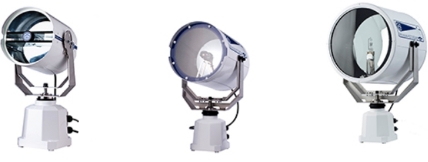
Different Types of Marine Searchlights
1. Fixed-Mount Searchlights
Fixed-mount searchlights are permanently installed on a vessel, typically mounted on the deck, mast, or bridge. These searchlights provide constant, high-intensity illumination in a specific direction. The fixed position allows the searchlight to cast a long-range beam, which is particularly useful for illuminating the surrounding waters during navigation or docking.
Applications
These searchlights are known for their durability and reliability. They are designed to withstand the harsh marine environment, including saltwater, high winds, and vibrations. Fixed-mount searchlights are commonly used on large ships, commercial vessels, and offshore rigs. Their primary function is to ensure safe navigation in low-visibility conditions and to spot other vessels or obstacles on the water.
2. Portable Marine Searchlights
For smaller vessels or situations that require flexibility, portable marine searchlights are a popular choice. These handheld or movable searchlights can be easily carried from one part of the vessel to another, providing illumination wherever it is needed most. Portable searchlights are especially useful during specific tasks such as docking, mooring, or inspections.
Applications
One of the advantages of portable searchlights is their versatility. They can be used on fishing boats, yachts, or even for emergency operations. Many portable searchlights are battery-operated, making them easy to use without needing an external power source. Additionally, they often feature adjustable beams, allowing the user to change the intensity and focus of the light based on the situation at hand.
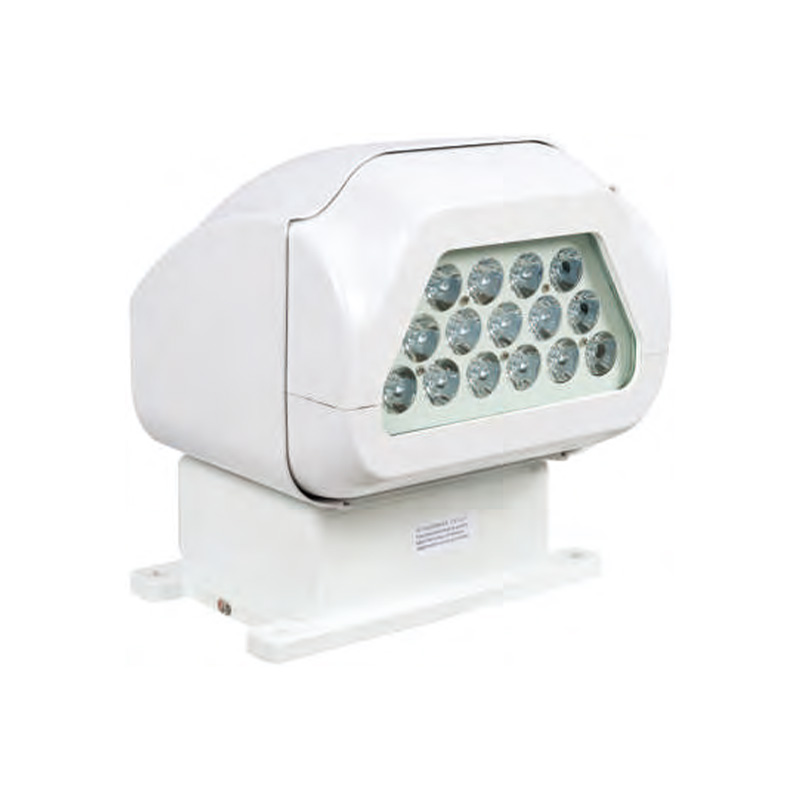
3. Remote-Controlled Searchlights
Remote-controlled searchlights have become increasingly popular, especially for larger vessels or military operations. These searchlights are mounted on a gimbal, allowing them to rotate 360 degrees and tilt up or down. The primary advantage of remote-controlled searchlights is the ability to adjust the direction of the beam without needing to manually move the light, providing greater flexibility and convenience.
Applications
These searchlights are often controlled via wireless remotes or integrated bridge systems, which makes them ideal for use in situations where precise illumination is required. For instance, they are frequently used in naval or security operations to illuminate distant targets or to monitor a wide area during search-and-rescue missions. The ability to control the beam’s focus and direction from a distance also enhances the safety and efficiency of the operation, as the operator can stay at a safe distance from potential hazards.
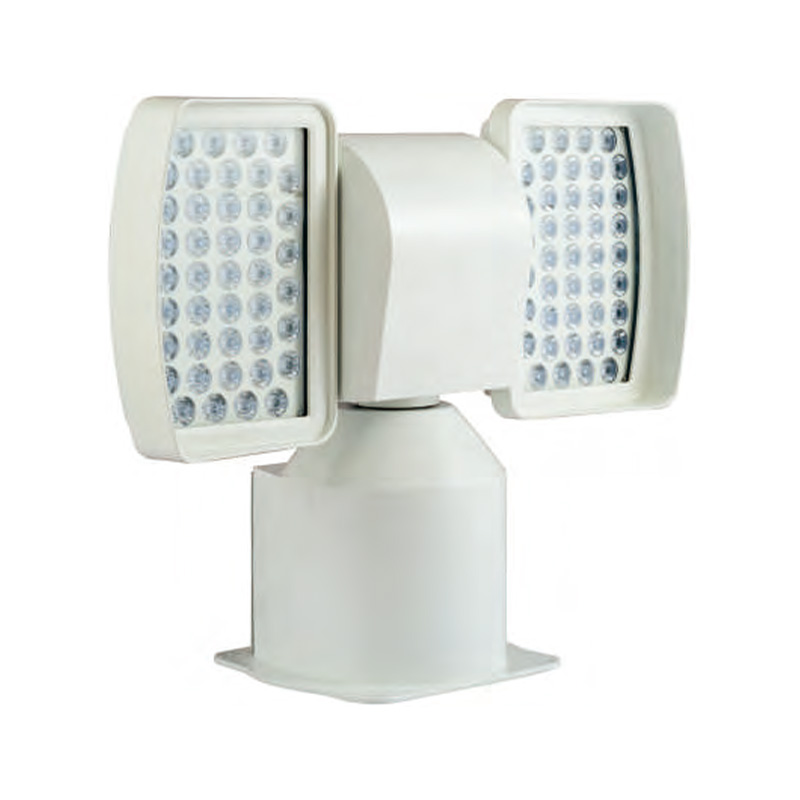
4. LED Marine Searchlights
In recent years, LED technology has revolutionized the design and performance of marine searchlights. LED marine searchlights are highly energy-efficient, consuming less power while providing an extremely bright and focused light. The long lifespan of LED bulbs also reduces the need for frequent replacements, making them cost-effective in the long term.
Applications
LED search lights are particularly advantageous for vessels looking to reduce their environmental impact. They generate less heat than traditional halogen lights, making them safer to operate, especially in confined spaces. Their brightness and clarity make them ideal for long-distance navigation, and their durability ensures they can withstand the rough conditions of the sea. Many modern vessels, from luxury yachts to commercial ships, now rely on LED searchlights for enhanced visibility and operational efficiency.
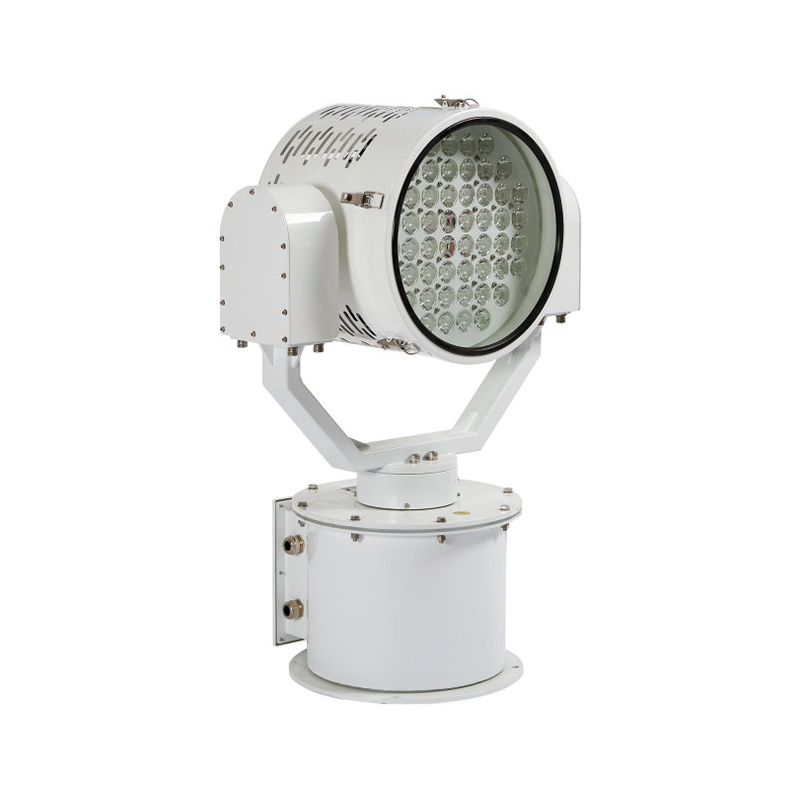
5. Halogen Searchlights
Despite the growing popularity of LED technology, halogen searchlights remain in use due to their powerful light output and affordability. Halogen bulbs produce bright, white light, which is useful for spotting distant objects or other vessels. These searchlights are often found on older vessels or in applications where cost is a primary consideration.
Applications
While halogen searchlights provide high-intensity illumination, they are less energy-efficient than their LED counterparts and tend to generate more heat. However, they are still favored for their simplicity and effectiveness, especially in general navigation and emergency signaling. Their bright beam makes them ideal for operations where long-range visibility is crucial.
6. Infrared Searchlights
Infrared (IR) searchlights are specialized tools used in low-light or night-time operations where conventional illumination might compromise safety or confidentiality. These searchlights emit light in wavelengths that are invisible to the human eye but can be detected by infrared cameras or night-vision devices. The ability to illuminate without being visible to the naked eye makes infrared searchlights invaluable for covert military, law enforcement, and surveillance operations.
Applications
Infrared searchlights are particularly useful for night-time search-and-rescue missions, where they allow rescuers to spot individuals or objects without alerting them to the search effort. They can also be used for security purposes, illuminating potential threats without revealing the location of the vessel or team conducting the search. This makes them an essential tool for tactical operations, such as monitoring a large area or tracking moving targets.
7. Fluorescent Searchlights
Fluorescent searchlights, while not as commonly used as other types, provide an energy-efficient alternative for applications that require softer illumination. These searchlights use fluorescent tubes to generate light and are particularly advantageous in situations where reducing heat output is essential. The light they produce is less intense than halogen or LED lights but still sufficient for general area illumination.
Applications
Fluorescent searchlights are often used in environmental or scientific operations, where maintaining a cooler temperature is important. They are also suitable for use in areas where excessive brightness could interfere with operations, such as in marine ecosystems that are sensitive to light pollution. While not as powerful as other searchlights, their ability to provide even and diffuse light makes them ideal for some specialized applications.
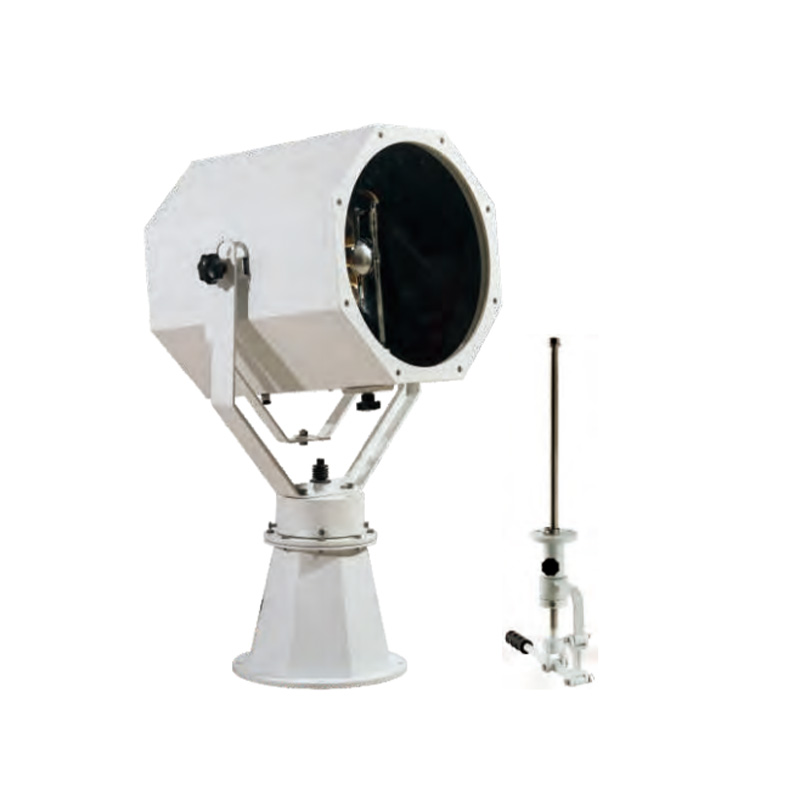
Key Factors to Consider for Choosing the Right Type of Marine Searchlight
This chart provides an overview of the essential factors to consider when choosing the right type of marine searchlight, ensuring optimal performance and reliability based on specific maritime needs.
| Factor | Description | Impact on Choice |
| Light Intensity | Refers to the brightness or power of the searchlight. | Higher intensity provides better visibility, especially in low-light conditions. |
| Beam Range | The distance the searchlight can cover. | A longer beam range is essential for search and rescue or navigation in open waters. |
| Mounting Type | Whether the searchlight is fixed or can be mounted and adjusted (manual or electric). | Adjustable mounts provide versatility for various operational needs and locations. |
| Power Source | Electric, battery-powered, or hybrid options. | Battery-powered lights offer portability, while electric models provide consistent power. |
| Waterproof Rating | The ability to resist water ingress, typically indicated by IP rating. | Higher IP ratings ensure reliable performance in harsh marine environments. |
| Durability & Material | The construction material (e.g., stainless steel, aluminum). | Corrosion-resistant materials are ideal for long-term use in marine conditions. |
| Control Mechanism | Whether the searchlight is manually operated or has remote control capabilities. | Remote control is useful for ease of operation and increased safety in hazardous conditions. |
| Size and Weight | The physical dimensions and weight of the searchlight. | Different searchlights are suitable for specific vessels, compact and lightweight models are ideal for smaller vessels, while larger units provide enhanced performance for larger ships. |
| Certifications | Compliance with marine safety and regulatory standards (e.g., CE, SOLAS). | Certifications ensure the searchlight meets safety and performance standards for marine use. |
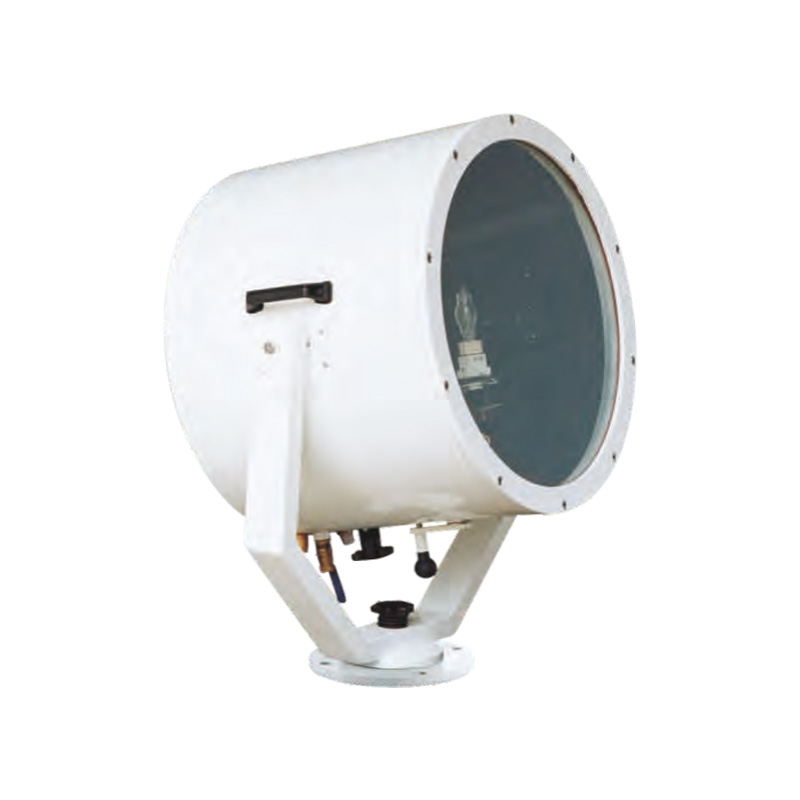
Key Steps
- Identify Your Needs: Determine the primary purpose of the searchlight (e.g., navigation, fishing, search and rescue).
- Prioritize Factors: Rank the factors based on your specific requirements (e.g., brightness and durability for offshore operations).
- Compare Options: Evaluate different types of marine searchlights (e.g., LED vs. HID) against the prioritized factors.
- Make an Informed Decision: Choose the searchlight that best aligns with your needs, budget, and operational environment.
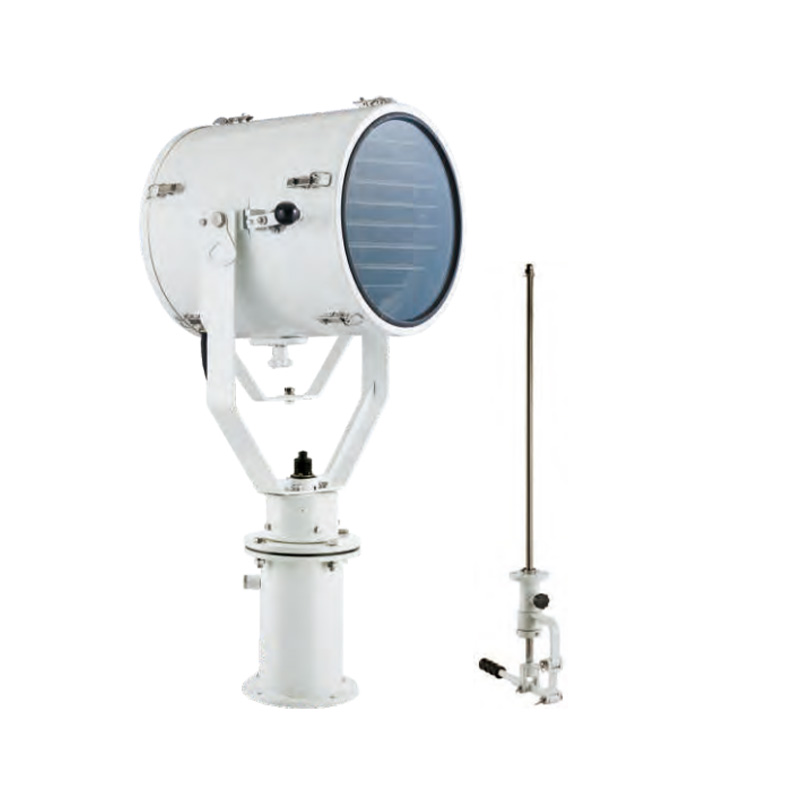
Final Thoughts
Marine searchlights come in various types, each designed for specific operational needs, from basic illumination to sophisticated surveillance. Whether for general navigation, search-and-rescue, or specialized military tasks, choosing the right type of search light can significantly improve visibility and operational effectiveness. The advancement of LED technology, remote control capabilities, and specialized lighting solutions can offer energy efficiency and superior performance in various maritime environments.
